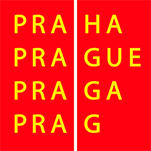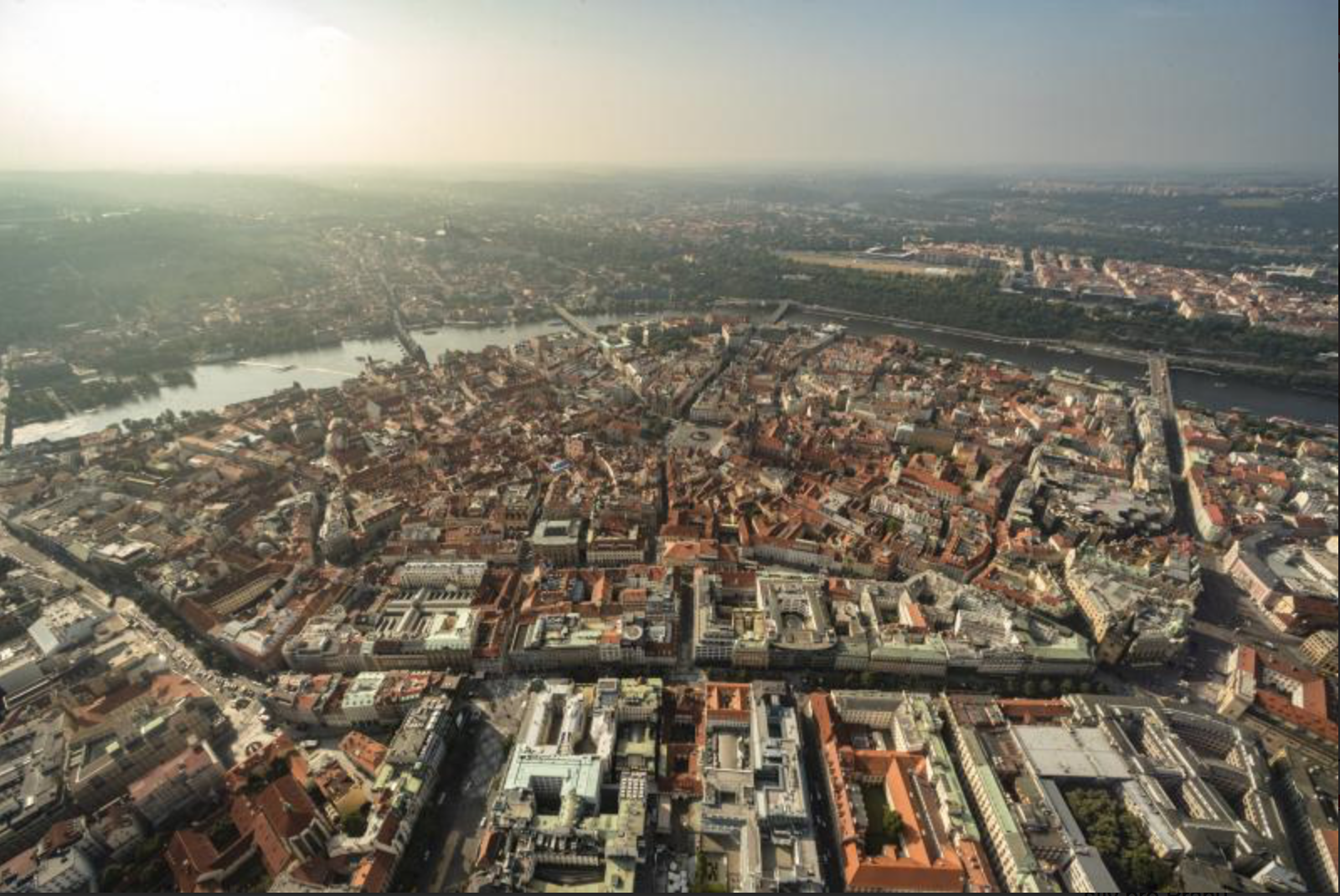Prague councilors tasked the Prague Planning and Development Institute with developing a City Wall Promenade concept. This should include a systematic revival of the streets copying the line of the former Old Town walls. The City Wall Promenade spans from the Legions Bridge at the National Theatre to Štefánik Bridge at Revoluční Street. The aim is to improve the accessibility of the riverbanks and upgrade major avenues, such as Na Příkopě Street and the 28th October Street. The project should bring about improvements for pedestrians, cyclists as well as public transport. The project should be ready in a year.
The aim of the City Wall Promenade concept of to extend Prague's main promenade avenue from the stretch between Jungmann Square and the Republic Square to the entire area from the Legions Bridge to Štefánik Bridge. This is where former Old Town walls used to run, which Charles IV wanted to tear down. However, the city walls remained in place for another four centuries.
The concept should be aligned with the city's strategic documents, in particular with the Public Space Design Manual, Prague Construction Guidelines, and the Strategic Plan.
History of the City Wall Promenade
This major avenue at the verge of Prague's Old and New Town developed from walls that demarcated the city in the 13th century. Old Town's walls ceased to fulfill their role a hundred years after their completion when Prague's New Town was established in 1348. Charles IV opened a democratic debate and suggested to tear down the walls. This did not happen despite the fact that the structure had lost its primary function. The area turned into an inner-city periphery full of trash, dilapidation houses and pigs rolling in sludge. The limited passage between Prague's two towns downgraded their public space for more than 400 years. In 1787, emperor Joseph II ordered the walls to be torn down, the moat to be filled and the towns joined. After that, the area started to gain on attractiveness and market value. The former periphery started teeming with visitors as commercial palaces, banks, restaurants, cafes and luxury residential houses sprung up. Today's Národní Street was lined with lime trees and called the Czech Promenade. At the same time, Na Příkopě Street became the German Promenade lined with horse chestnuts. In the late 19th century, both lines of trees had to make room for a horse-drawn tram line. The tracks remained in place until 1985.



